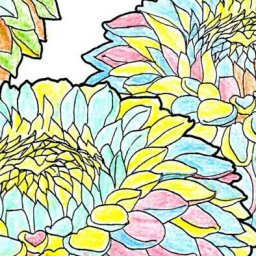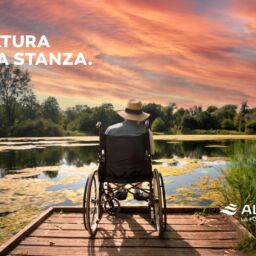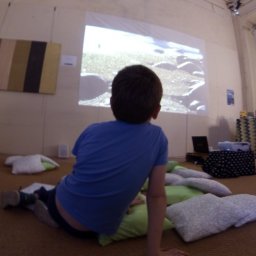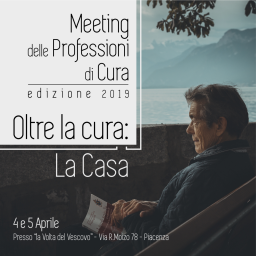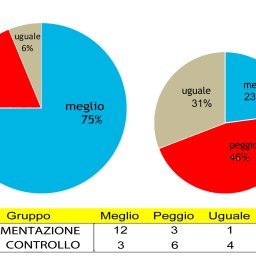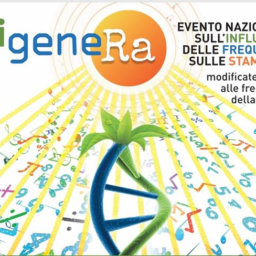Daily stressful situations impair human functioning and cause the occurrence of physiological and/or psychological disorders, commonly seen in sleep problems, loss of appetite, constipation, muscle hardening, and so on. Prolonged stress has serious and sometimes devastating effects on vital organs, to the point of damaging the cardiovascular system, altering hormone secretion, promoting the onset of type II diabetes, causing infections, and giving rise to neurological problems. It is no coincidence that many psychiatric illnesses such as schizophrenia, anxiety, fatigue syndrome and especially depression are strongly associated with prolonged stress reactions.
Thus, if people do not find ways to regenerate from stress, their health can be chronically impaired.
(Taken from “Introduction to Biophilia” by Giuseppe Barbiero and Rita Berto)
Stress Recovery Theory, Ulrich (1983)
The Stress Recovery Theory (SRT) was formulated by Roger Ulrich in 1983. This, in brief, states that Nature promotes psycho-physical well-being by activating responses at emotional, cognitive and physiological levels, up to and including the reduction of heart rate, blood pressure, muscle tension and skin conductivity, enabling recovery from psycho-physiological stress situations.
According to SRT, natural environments are regenerative because they promote recovery from any kind of stress and above all because they immediately evoke feelings of pleasure and a state of relaxation. Viewing natural scenes increases activity in brain regions associated with a positive mental attitude, emotional stability, altruism, empathy and deep love.
Roger Ulrich, an environmental psychologist and professor of architecture at the University of Texas, found that patients recovering from heart surgery were able to reduce their anxiety levels and even their need for medication simply by looking at images of natural scenery.
Professor Ulrich published his first research in 1984 in the journal Science and since then he and his team have carried out more than 1,000 new studies in the field. His studies are considered a milestone and the first of their kind in terms of scientific credibility.
His research showed that looking at images of Nature can improve stress-related physiological systems within minutes by increasing the level of serotonin in the body. He observed that patients who spent their hospital stay in rooms where they could look at a meadow or a tree healed faster and with less medication than those housed in rooms from whose windows they could only see walls and apartment blocks. So, for ten years, he brought plants into the hospital rooms, moved beds to provide a view of the outdoors, set up walls with naturalistic images, and collected so much data that he was able to state with certainty that patients who had access to Nature returned to health faster than others.
IMAGES AND SOUNDS OF NATURE HELP REDUCE PAIN
Researchers at Johns Hopkins University in Baltimore have shown that viewing natural images significantly reduces the perception of pain. The experiment was conducted on patients undergoing bone marrow harvesting and biopsy.
Pain intensity was measured on a scale from 1 to 10 (from 4 upwards pain is considered moderate or severe).
They divided the patients into three groups:
the 1st group did not see any images;
the 2nd group saw city scenes (blow-ups with sound in the headphones);
the 3rd group saw nature scenes (blow-ups with sound in headphones).
– Patients who did not see any scenes: perceived pain 5.7
– Patients who viewed pictures of cities: perceived pain 5.7
– Patients who observed images of nature: perceived pain 3.9
The researchers concluded that:
“The reduction in pain did not occur just because the patients were distracted, but because the elements of Nature had a relaxing effect on them”.
According to Dr Vibe-Petersen, head of internal medicine at the Center for Cancer and Health in Copenhagen, “there is scientific evidence of the positive influence of Nature not only on the psychological well-being of patients, but also on the success of the therapeutic process.”
More and more studies support Ulrich’s Stress Recovery Theory, proving that exposure to greenery increases the level of serotonin in the human body: contemplating Nature gives an extra boost of energy and is an antidote against depression.
A natural environment is able to influence our daily physical and psychic well-being; it is a necessary condition to improve the quality of life by relieving stress.









